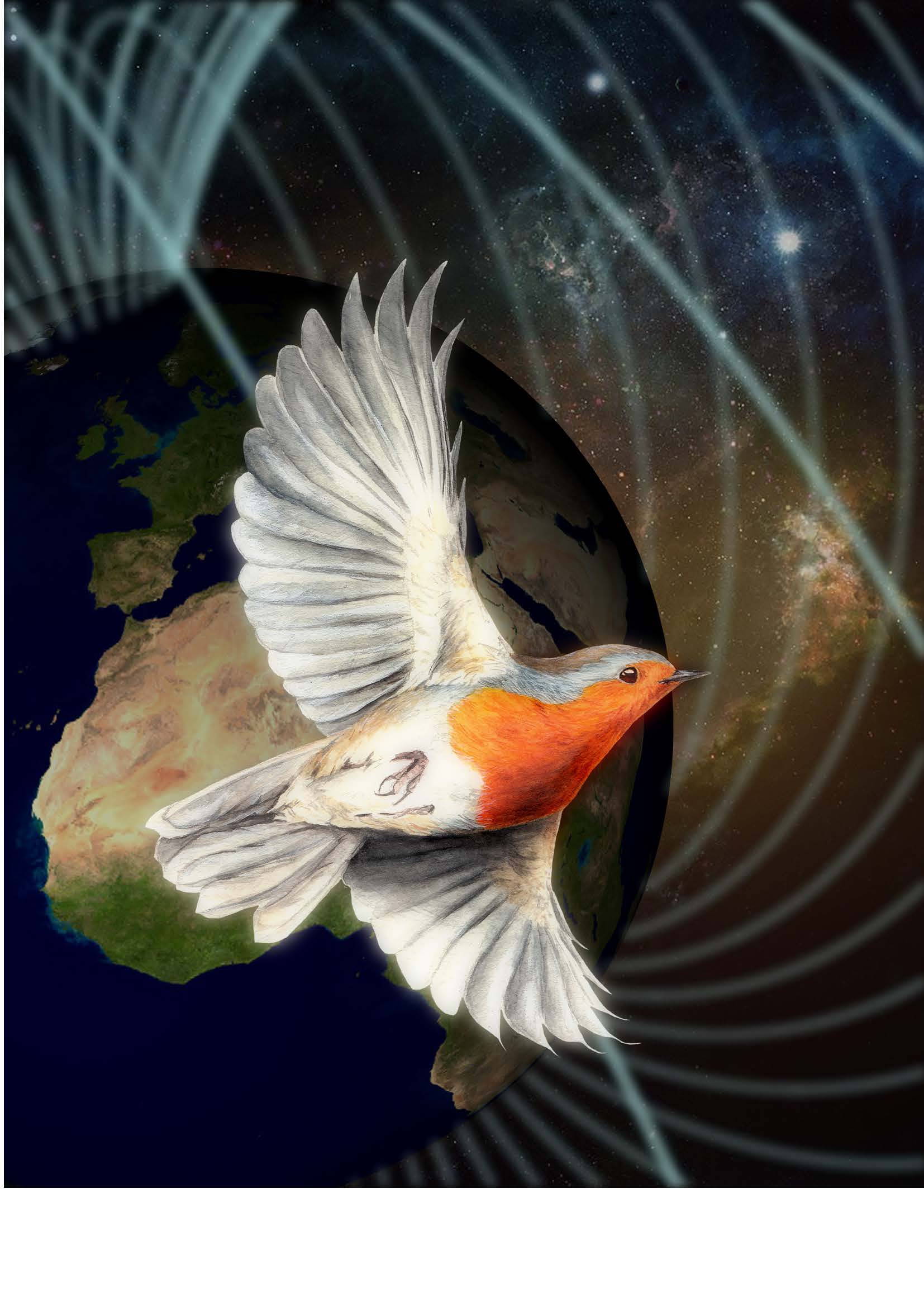Media release
From:
Biophysics: Homing in on the magnetic compass of migratory songbirds *IMAGE & VIDEO* (N&V)
Observations of magnetic sensitivity in a protein from the eyes of the European robin indicate that this protein may function as part of a ‘living compass’ and allow migratory songbirds to navigate using the Earth’s magnetic field. The findings, detailed in a paper published in Nature, demonstrate the existence of a magnetically sensitive molecule from a migratory animal.
Many migratory animals use the Earth’s magnetic field as a compass for spatial orientation and to navigate migratory routes. Light-sensitive proteins known as cryptochromes have been proposed as a component of the navigational machinery, but the specific protein and physical properties underpinning this ability are unknown. Peter Hore and colleagues isolated and characterized the properties of cryptochrome 4 (CRY4), which is expressed in the light-detecting cells in the eyes of European robins, a night-migratory songbird. They found that CRY4 had the potential magnetic properties required to act as a light-dependent magnetic compass. The protein displays a light-driven chemical reaction that triggers quantum effects that may amplify magnetic signals. In addition, CRY4 from robins was found to be more magnetically sensitive than that from non-migratory chickens and pigeons, further implicating its role as a magnetic sensor.
These findings suggest that CRY4 may act as a sensor capable of detecting Earth-strength magnetic fields in migratory songbirds. However, direct testing of CRY4 whilst in the eye is required to understand whether this protein truly acts as a magnetic sensor in these birds.
Multimedia




 International
International


